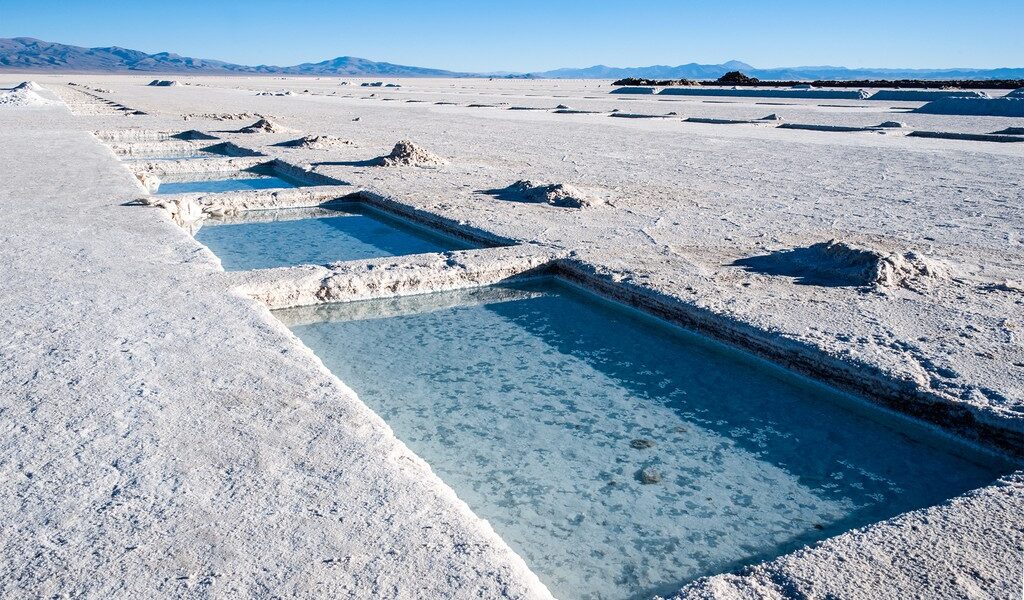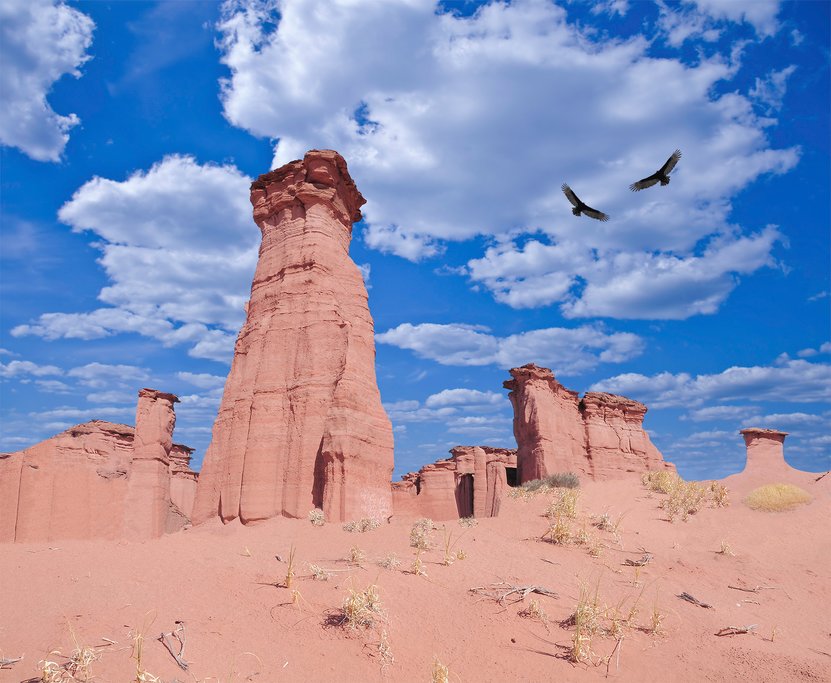
Argentina is ripe for exploration. After you’ve seen the big cities and major highlights, get off the beaten path and explore its lesser-known yet equally interesting sights — from wildlife-rich wetlands and penguin colonies to giant salt flats and the remains of dinosaurs. Here are some suggestions on where to go when avoiding the crowds.
## Unveiling Argentina’s Hidden Gems: An Exploration Beyond the Tourist Trail
Venturing beyond the well-trodden paths of Argentina is an adventure readily available, especially for those equipped with ample time and independent transportation. Argentina boasts a remarkable tapestry of natural wonders and captivating cultural experiences waiting to be discovered. While some of these treasures are conveniently accessible from the main tourist hubs via organized tours or public transportation networks, others beckon with the promise of secluded exploration, requiring more significant detours and a spirit of intrepidness.
Embarking on road trips in Argentina often entails traversing lengthy distances on roads that vary in quality, frequently experiencing periods of limited or absent cellular service between towns and villages. It’s always advisable to inform someone of your intended route and estimated arrival time before commencing your journey, ensuring a safety net in the event of unforeseen circumstances such as vehicle breakdowns. Furthermore, certain remote destinations necessitate the use of a four-wheel-drive vehicle to navigate challenging terrains, adding an extra layer of preparation to your adventure.
## Discover the Majestic Salinas Grandes
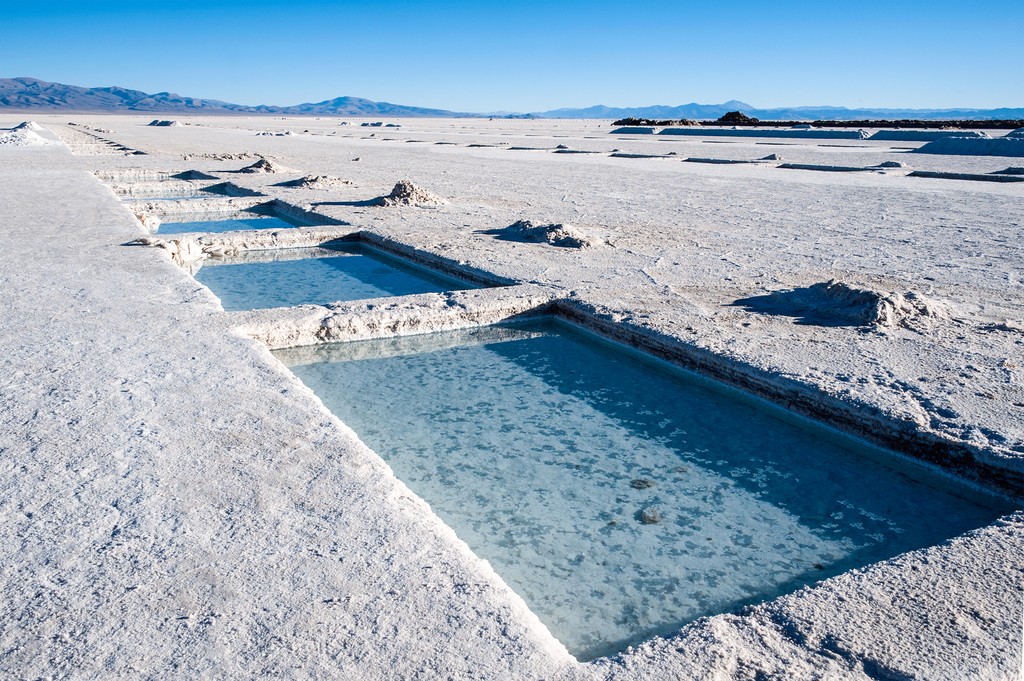
While Bolivia proudly showcases the Salar de Uyuni, and Chile boasts the Salar de Atacama, Argentina offers its own breathtaking expanse of salt flats in the form of the Salinas Grandes. While perhaps not as widely recognized as its counterparts, the Salinas Grandes presents an equally awe-inspiring spectacle.
The Salinas Grandes are divided into two primary areas. One section lies nestled at the foot of the majestic Sierras de Córdoba mountain range, in close proximity to the vibrant city of Córdoba. The other is situated in the northernmost reaches of Argentina, near the international borders shared with Chile and Bolivia. Imagine standing before a seemingly infinite landscape of shimmering white salt crust, stretching relentlessly toward the distant horizon. This mesmerizing scene, when coupled with the brilliant azure of the sky, creates a visual phenomenon reminiscent of the experiences in Uyuni and Atacama. This distortion of perspective provides photographers with countless opportunities to capture breathtaking and surreal images, playing with depth and scale.
To embark on an exploration of Córdoba’s Salinas Grandes, having your own vehicle is essential. The salt flat is located off the RN 157 highway, along the route connecting Tucumán. It sits roughly equidistant between the two cities, offering a convenient stopping point for those traveling between them. Alternatively, if you wish to visit Argentina’s northernmost Salinas Grandes, day tours are readily available from both Purmamarca in Jujuy and Salta. However, it is worth noting that Purmamarca offers a significantly shorter travel distance to the salt flats, making it a more time-efficient option.
The practice of salt harvesting is actively carried out in both regions of the Salinas Grandes. Near the visitor centers, you’ll encounter captivating sights: meticulously crafted square basins carved into the salt crust, filled with vibrant turquoise-colored water. These basins serve as evaporation ponds in the salt extraction process. Additionally, you’ll find buildings constructed from salt bricks, adorned with furniture also crafted from salt, showcasing the ingenuity and resourcefulness of the local communities. Visitors have the opportunity to purchase unique and charming small carvings made of salt from local artisans, providing a memorable souvenir of their visit.
**Expert tip:** When planning your visit to the salt flats, remember to bring your sunglasses to shield your eyes from the intense glare, as well as a high-SPF sunscreen to protect your skin from the harsh sun.
## Encounter Penguin Colonies at Cabo Vírgenes
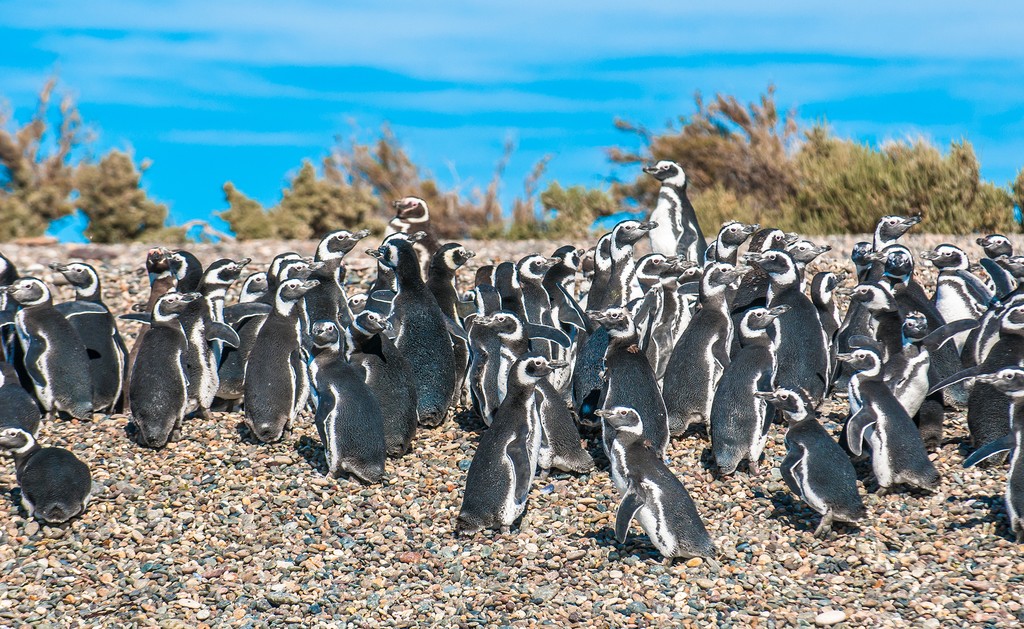
Envision Argentina’s Punta Tombo, but without the bustling crowds and extensive infrastructure. Cabo Vírgenes, a relatively untouched gem, is home to the country’s second-largest Magellanic penguin colony. Situated at the very tip of the cape that lends it its name, this extraordinary site is accessible via a lengthy, 83-mile journey along a desolate gravel road that stretches from Río Gallegos, an oil-producing town located in the southern region of Patagonia.
Between the months of September and March, approximately a quarter of a million Magellanic penguins converge on this location to nest, diligently digging their burrows into the soil near the ocean’s edge. From December onward, you’re likely to witness the adorable sight of penguin chicks waddling about. You’re also likely to have the entire spectacle virtually to yourself, offering an intimate and uncrowded wildlife viewing experience. To enhance your visit, consider reaching out to the Fenton family at the historic 19th-century Estancia Monte Dinero in advance to arrange a delightful meal or even an overnight stay.
## Count Prehistoric Handprints at Cueva de las Manos
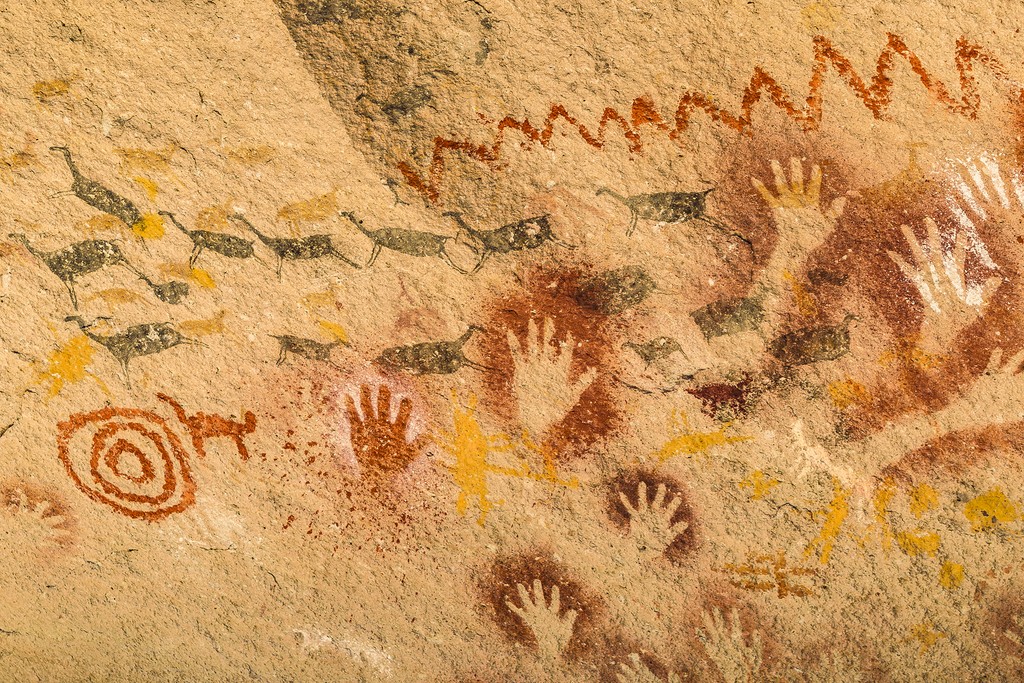
Some of Argentina’s most awe-inspiring displays of rock art can be found within a cave nestled in the Santa Cruz province, approximately 101 miles to the south of the town of Perito Moreno, located off the RN 40 highway. A visit to Cueva de las Manos can either be undertaken as a long day trip from Perito Moreno or incorporated as a wonderfully rewarding detour if you’re embarking on a road trip along Argentina’s remote and challenging Ruta 40.
Gravel access roads lead from Ruta 40 to the cave entrance. These roads require cautious driving, so it’s best to drive slowly and remain vigilant for guanacos that may be crossing the road. Upon arrival at the cave, a guided tour will lead you through the site, showcasing approximately 800 rock paintings. The majority of these paintings consist of imprints of human hands, predominantly left hands. However, keen observers may also discover depictions of puma paw prints, rhea footprints, and even a rare print of a hand exhibiting six fingers. If you’re interested in exploring the captivating red rock formations that characterize the surrounding Cañon del Río Pinturas, consider spending the night at the basic Estancia Casa de Piedra, situated roughly 18 km from the cave. This will allow you ample time to fully appreciate the natural beauty of the area.
## Attend a Fiesta in Remote Iruya
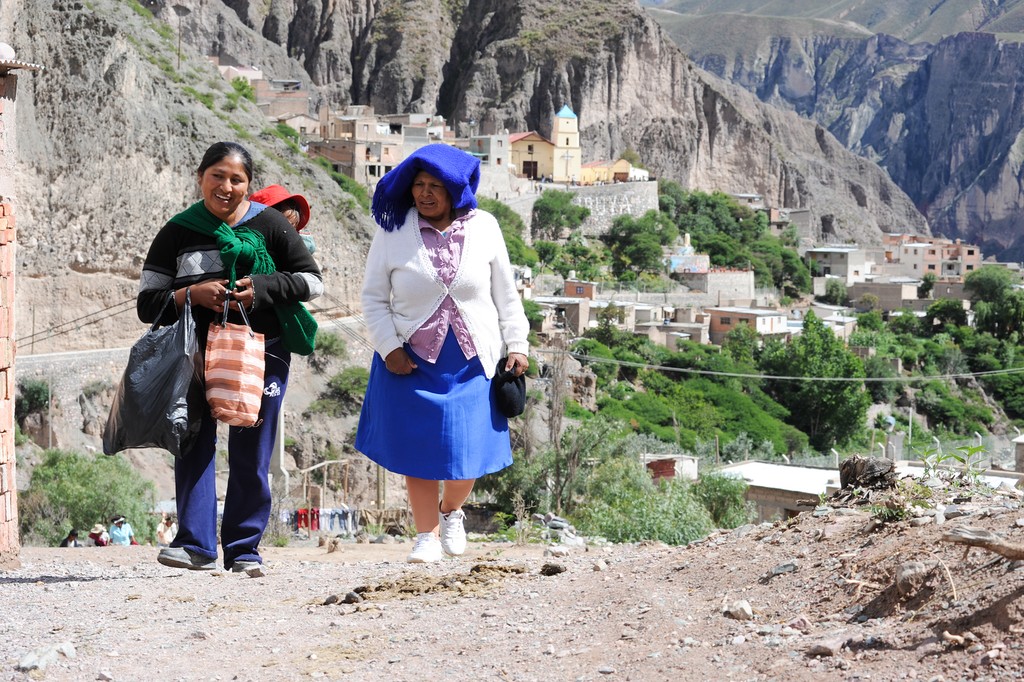
Perched precariously on the slopes of arid, ochre-colored mountains, the diminutive 17th-century village of Iruya exudes an aura of isolation, as if situated at the very edge of the world. Nestled at an elevation of 9120 ft at the confluence of two rivers, Iruya is located in the far north of Argentina’s Salta province, a mere 50 miles from the Bolivian border.
Due to its location, Iruya becomes inaccessible during the summer months when flash floods render the roads impassable. However, during the remainder of the year, the village is reachable via a picturesque, albeit dusty, four-hour bus ride. This journey takes you through dramatic canyons and over winding mountain passes from Humahuaca, Jujuy. The primary allure of Iruya lies in its tranquil atmosphere, the warmth and hospitality of its locals, the availability of hiking trails, and the breathtaking panoramic mountain vistas that surround it.
If you have the flexibility to choose your time of visit, consider planning your trip to coincide with the first weekend in October. During this time, the community celebrates the vibrant Fiesta de Nuestra Señora del Rosario, a festival filled with masked processions and sacred dances. Leading up to the fiesta, a lively market springs up, and hundreds of indigenous Kolla people descend upon the village from their remote mountain hamlets, creating a vibrant and culturally enriching experience.
## Witness the Sandstone Towers of Talampaya
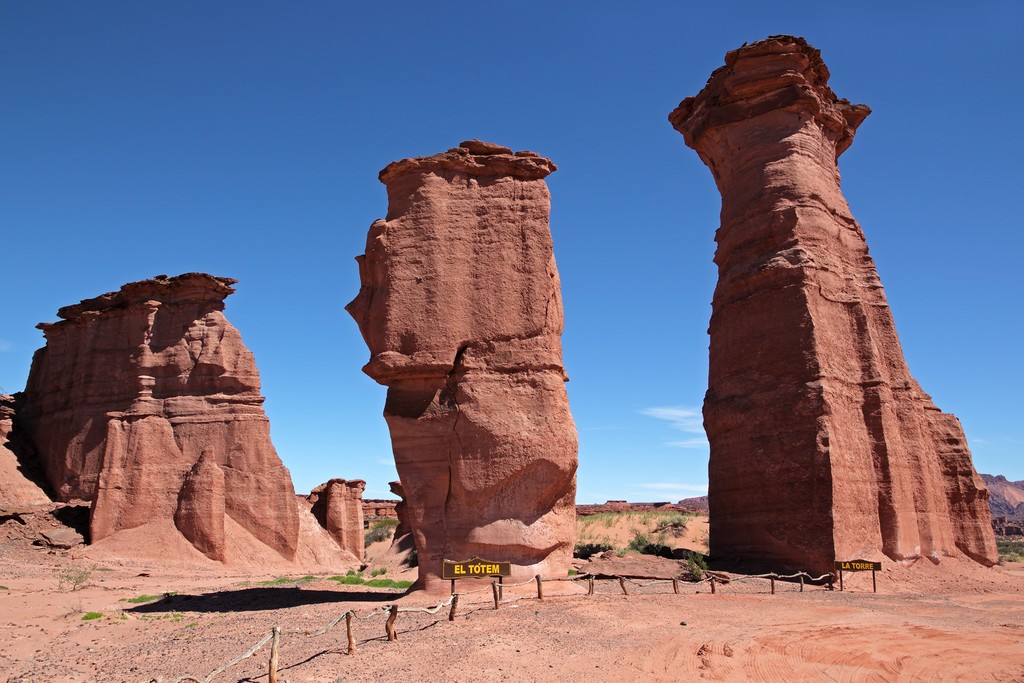
The seldom-visited canyons and otherworldly rock formations of Parque Nacional Talampaya bear witness to a time when this land lay at the bottom of the ocean. The pinnacles and sculpted red walls have been meticulously shaped by the relentless forces of water erosion over countless millennia.
Key highlights of the park include the Cañón de Talampaya, flanked by towering sandstone cliffs and teeming with desert wildlife. Here, you might spot guanacos and rheas grazing peacefully among the algarrobo trees, while majestic condors soar effortlessly overhead. You can also test the acoustics at Chimenea by projecting your voice against the canyon walls and listening to the resulting echoes. With a little imagination, one of the park’s more renowned rock formations bears a striking resemblance to El Monje, a monk in contemplative repose.
Entry into the park is exclusively permitted through guided visits, typically conducted in a minibus with limited opportunities for walking under the intense sun. However, it is possible to arrange visits to other sections of the park, where you can marvel at even more spectacular rock formations at Ciudad Perdida and Cañón Arco Iris. For an unforgettable and somewhat eerie experience, consider signing up for a night excursion, conducted when the moon is at its fullest.
**Expert tip:** Reaching the park via public transport from La Rioja is feasible, taking approximately three hours each way. Alternatively, if you opt for a tour originating in La Rioja, you can combine your visit to Parque Nacional Talampaya with an excursion to the fossil-rich Parque Provincial Ischigualasto, providing further evidence of the region’s submerged past.
## Unearth Dinosaur Remains Around Neuquén
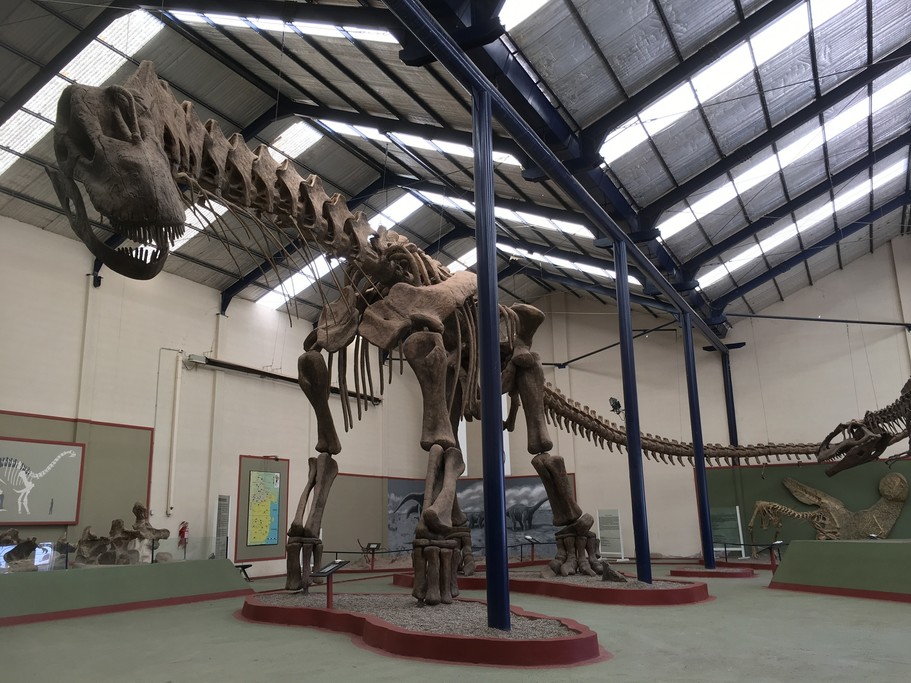
To delve into some of the most significant paleontological sites in Argentina, you’ll need to venture off the main highways and explore the region surrounding Neuquén, a bustling city situated in the heart of central Argentina.
For an encounter with the reconstructed skeleton of the second-largest creature to ever roam the Earth—the *Argentinosaurus huinculensis*—take a drive or bus to the Museo Municipal Carmen Funes in Plaza Huincul, located 72 miles west of Neuquén. If you’re traveling between Neuquén and Bariloche, the Museo Paleontológico Municipal Ernesto Bachmann in Villa El Chocón provides an excellent detour off RN 237, 52 miles southwest of Neuquén. This museum proudly showcases the largest carnivorous dinosaur ever discovered—the *Gigantosaurus Carolinii*—which dwarfs even the Tyrannosaurus rex. The fossil was unearthed in 1993 by a local fossil enthusiast.
On the outskirts of Villa El Chocón, within Parque Cretacico, you can compare the size of your own footprints to the imprints left behind by *Iguanadon* dinosaurs. Finally, if you possess a particular passion for dinosaurs, consider reaching out to Proyecto Dino, located near the shores of Lago Barreales, 56 miles north of Neuquén. You can arrange to stay on-site and participate in ongoing excavations of dinosaur remains, under the expert guidance of renowned paleontologist Jorge Calvo.
## Meet Capybaras in Reserva Provincial Esteros de Iberá
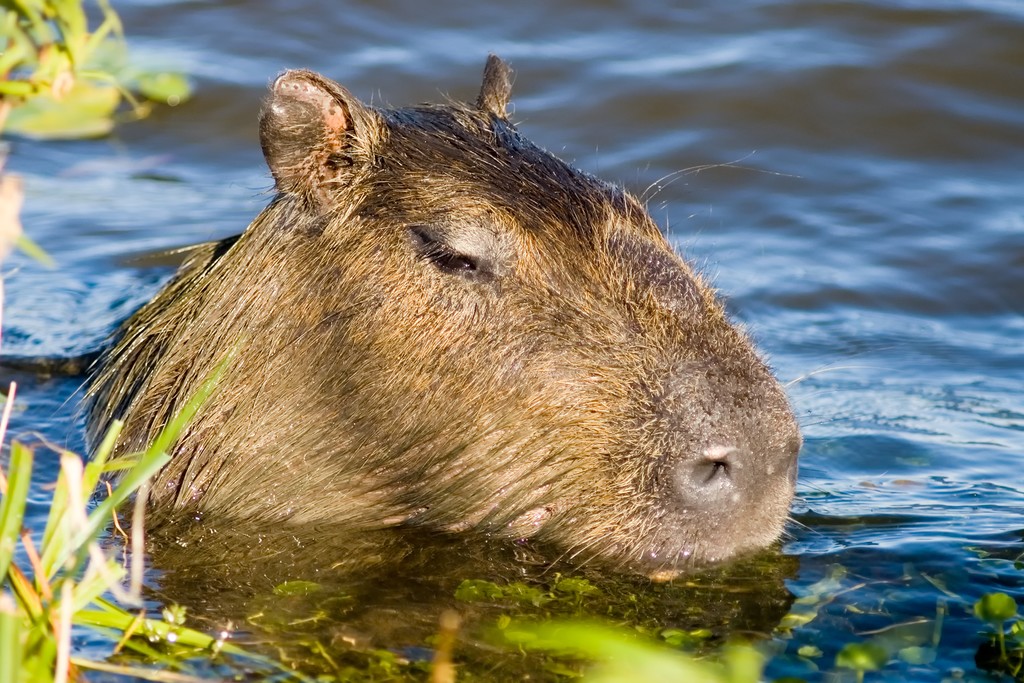
The delicate ecosystem of Esteros de Iberá, a sprawling 8077 sq mile wetland in the Corrientes province, near the border with Paraguay, represents one of the premier destinations in South America for wildlife observation. This vast swampland, characterized by its lakes and shallow lagoons adorned with embalsados (floating islands), provides a habitat for an astonishing array of creatures. From caymans, giant anteaters, and jaguars to capybaras, howler monkeys, swamp deer, otters, maned wolves, bats, and approximately 300 different bird species, the biodiversity of Esteros de Iberá is truly remarkable.
Esteros de Iberá is a dedicated conservation project spearheaded by an ecological foundation established by US-entrepreneurs-turned-conservationists Kris and Doug Tompkins. They acquired and restored extensive tracts of private land, subsequently repopulating it with native wildlife, demonstrating their commitment to preserving the region’s natural heritage. The main point of entry to the reserve is the tranquil village of Colonia Pellegrini, accessible by regular car during the dry season and via 4WD transfers from Mercedes, located about 80 miles away.
Lodges within Colonia Pellegrini offer a range of activities, including boat trips, horseback riding excursions, and guided walks within the reserve. Night walks are particularly rewarding, providing an opportunity to observe nocturnal wildlife in its natural habitat. When visiting Esteros de Iberá, it’s essential to bring a generous supply of insect repellent to protect yourself from mosquitoes and other biting insects.
## Trek in the Untouched Perito Moreno National Park
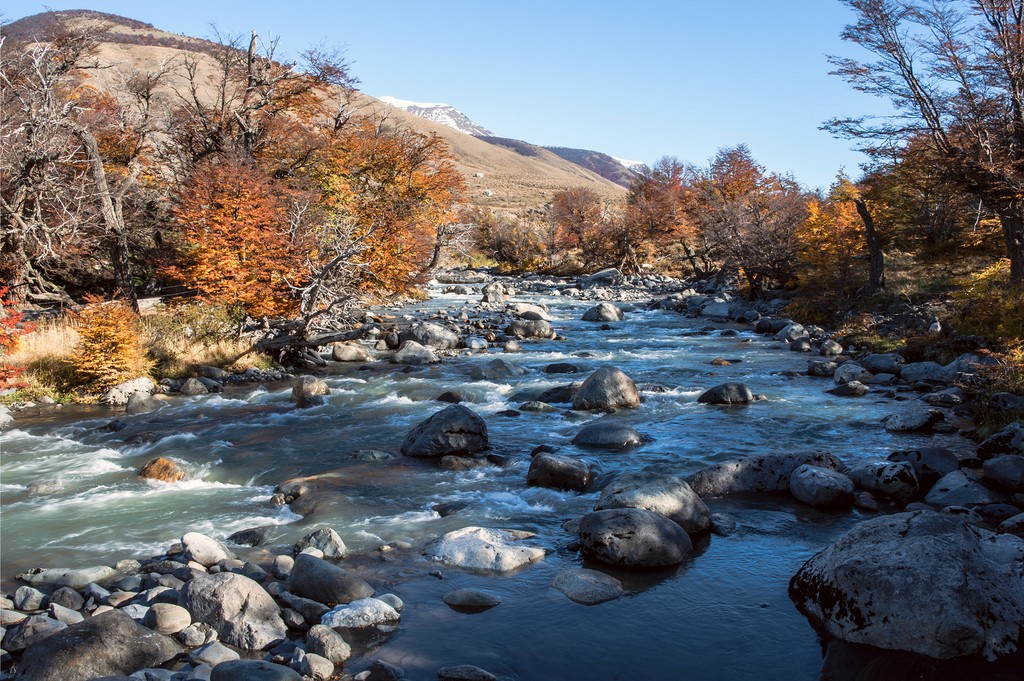
Autumn in Perito Moreno National Park
Chat with a local specialist who can help organize your trip.
It’s important not to confuse this park with the glacier of the same name located within the more frequented Parque Nacional Los Glaciares further south. This lesser-known but equally captivating national park, encompassing 714-sq-miles, is located near the Chilean border. Access is via a challenging, isolated side road from Ruta 40, requiring a four-wheel-drive vehicle to navigate.
Snow-dusted peaks of the Sierra Colorada, resembling watchful sentinels, tower over the park’s pristine turquoise lakes, expansive steppe, and verdant lenga and *coihue* forests. The landscape is constantly swept by the powerful wind, locally known as the ‘*escoba de Dios*’ (God’s broom). Infrastructure within the park is minimal, necessitating visitors to bring all necessary supplies, including a durable tent.
You have the option of pitching your tent at one of the three free campgrounds located within the park or choosing to stay at the Estancia La Oriental, a ranch that offers horseback riding excursions into the park’s remote backcountry. Some of the most rewarding day hikes include the trail from the ranger station to Lago Burgmeister and the ascent from the ranch to the summit of 4700 ft Cerro León. These hikes offer stunning views and opportunities to immerse yourself in the pristine beauty of Perito Moreno National Park.
(Word Count: 1946)
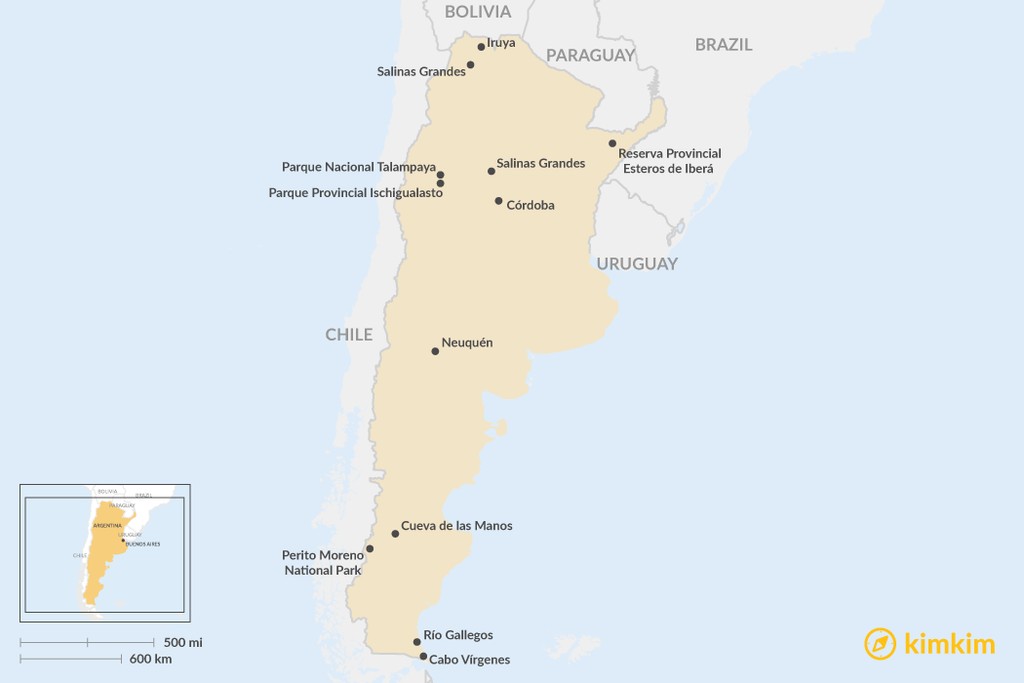
B-80

